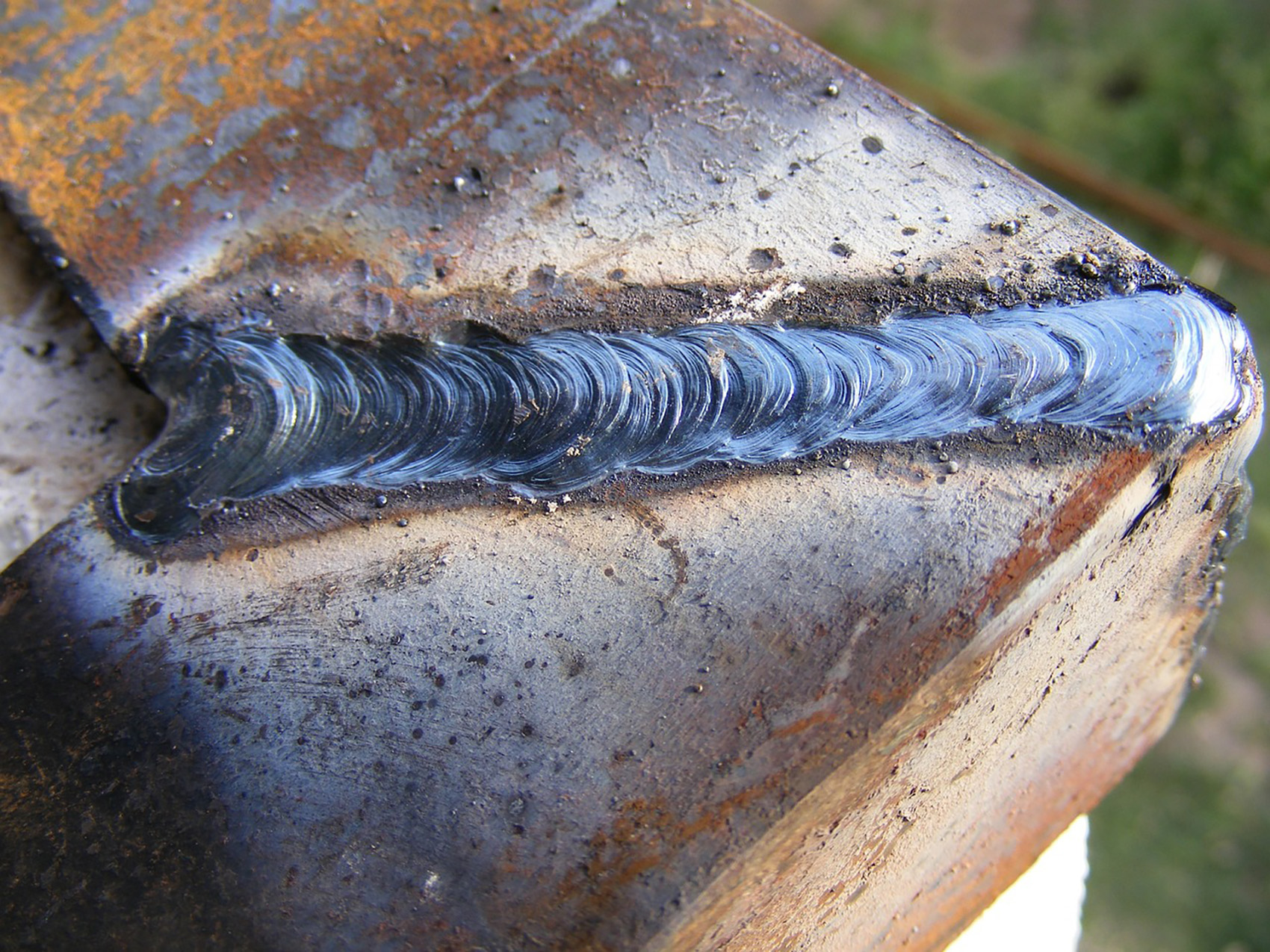A Comprehensive Guide to Identifying, Averting, and Repairing Undercut Welding Issues in Your Welding Jobs
In the realm of welding, encountering undercut problems is a common difficulty that can jeopardize the architectural honesty and general high quality of your welding tasks. Keep tuned as we discover the necessary components of recognizing, preventing, and fixing undercut welding troubles, giving you with valuable insights and techniques to boost your welding abilities to the next degree.
Usual Reasons of Undercut Welding
Undercut welding, a typical problem in welding processes, can be brought on by different factors that require to be very carefully recognized and resolved to make certain the honesty of the weld joint. One of the primary reasons for undercut welding is extreme warmth input. When the welding parameters, such as voltage, present, or take a trip rate, are not correctly established, an extreme amount of warmth can be generated. This excess warmth leads to the melting and succeeding elimination of the base product along the edges of the weld joint, developing a groove called undercut.
One more common reason for undercut welding is improper welding method. Poor adjustment of the welding lantern or gun, incorrect angle or distance in between the lantern and the workpiece, or inconsistent travel rate can all contribute to the development of undercut. Additionally, utilizing the incorrect welding consumables or electrode dimension for a specific joint setup can result in undercut issues. Identifying these source and executing rehabilitative procedures is crucial in protecting against and correcting undercut welding problems in welding jobs.
Identifying Undercut in Welds

To identify undercut accurately, proper illumination and magnifying devices are vital to check the weld joint completely. Using tools such as a welding gauge or a magnifying glass can aid in finding also the tiniest undercut imperfections. Additionally, running a finger or a finger nail along the weld joint can often expose undercut, as the surface may feel uneven or have a dip where the undercut exists.
Safety Nets for Undercut
Having a deep understanding of the reasons of undercut in welds allows for the execution of effective precautionary measures to preserve weld high quality and honesty. These settings should be enhanced to protect against extreme heat input, which can lead to damage development.

Methods for Repairing Undercut

Boosting the welding current or reducing the traveling speed can assist load in the undercut. Additionally, changing the welding technique from a press to a drag or vice versa can additionally help lessen undercut.
An additional method is to make use of a weaving motion while welding to make sure appropriate sidewall fusion and fill in the undercut. By oscillating the welding arc back and forth within the weld joint, the welder can transfer more filler material into the undercut areas, effectively removing the issue.
Moreover, grinding out the undercut and rewelding the joint can be a viable service for a lot more extreme undercut problems - Preventing weld undercut. This procedure entails removing the undercut section, preparing the important site base metal, and after that rewelding the joint with correct welding parameters and techniques to stop undercut from repeating

Professional Tips for Preventing Undercut
Utilizing appropriate welding techniques and maintaining control over key welding criteria are important approaches for welders intending to stop undercut in their weld joints. One expert idea for avoiding undercut is to guarantee proper joint prep work. This includes cleaning the base metal extensively to remove any kind of impurities that might cause undercut development. Furthermore, selecting the appropriate welding procedure and filler steel for the specific application can help prevent undercut. Welders need to likewise pay very close attention to the welding existing and voltage settings, ensuring they are within you can try these out the advised variety to avoid getting too hot and possible undercut. Preserving a consistent traveling speed throughout the welding process is another crucial idea to avoid undercut. By relocating at a consistent speed, welders can make sure proper blend and decrease the probability of undercut formation. Evaluating the weld bead after conclusion can aid recognize any type of indicators of undercut early on, enabling for prompt rehabilitative action to be taken.
Conclusion
Finally, determining, protecting against, and dealing with undercut welding problems in your welding jobs is vital for making certain resilient and strong welds. Preventing weld page undercut. By comprehending the typical reasons of undercut, being able to determine it in welds, carrying out preventative actions, and making use of correct methods for dealing with undercut, you can stay clear of possible concerns and produce premium welds. Adhering to specialist ideas for preventing undercut can assist you improve your welding abilities and generate far better lead to your jobs
Undercut welding, a common concern in welding procedures, can be created by different elements that need to be very carefully identified and resolved to make sure the stability of the weld joint. Additionally, running a finger or a finger nail along the weld joint can in some cases expose undercut, as the surface area may feel irregular or have a dip where the undercut exists.
Using appropriate welding techniques and keeping control over crucial welding specifications are essential strategies for welders intending to stop undercut in their weld joints.In conclusion, recognizing, protecting against, and taking care of undercut welding problems in your welding tasks is vital for making sure sturdy and strong welds. By recognizing the typical reasons of undercut, being able to determine it in welds, executing preventative steps, and making use of appropriate methods for fixing undercut, you can prevent possible problems and develop high-quality welds.